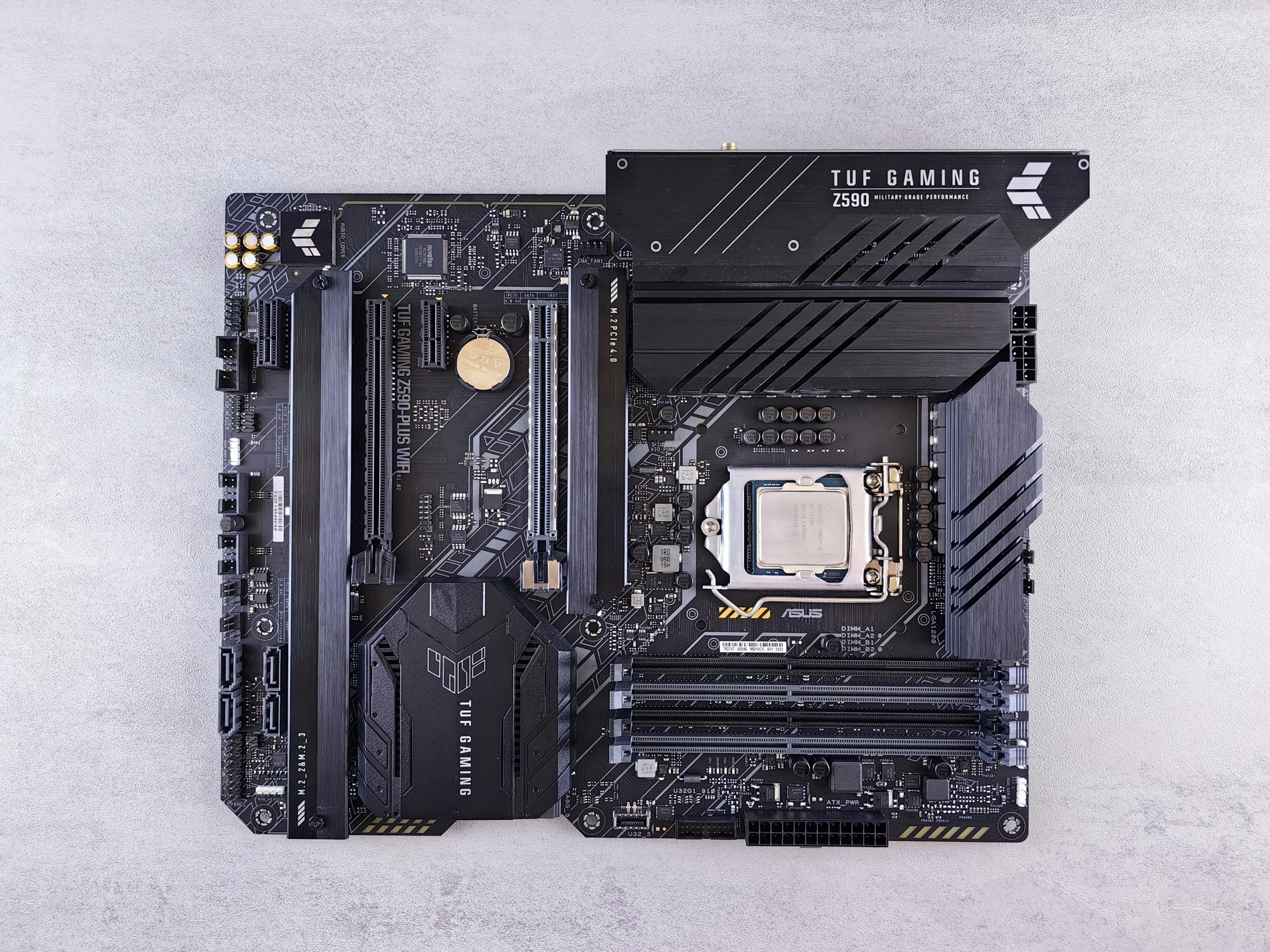Understanding and Troubleshooting Wi-Fi Adapter Disappearances on ASUS TUF F15 (2023): A Comprehensive Guide
Introduction
Many users rely heavily on their laptops for daily tasks, work, and entertainment. When Wi-Fi connectivity issues arise, especially persistent ones like the Intel AX201 Wi-Fi adapter intermittently disappearing on the ASUS TUF F15 (2023), it can be incredibly frustrating. This issue manifests through error codes such as Code 10 or Code 43, accompanied by the Wi-Fi icon vanishing and the device showing warning symbols in Device Manager. Despite extensive troubleshooting efforts, resolving such problems can be challenging. This article aims to provide a detailed overview of the problem, possible causes, and recommended solutions to help affected users regain stable Wi-Fi performance.
System Specifications
- Laptop Model: ASUS TUF F15 (2023)
- Graphics Card: NVIDIA GeForce RTX 4060
- Processor: Intel Core i7-12700H
- Wi-Fi Adapter: Intel Wi-Fi 6 AX201 160MHz
- Firmware / BIOS Version: FX507ZV4.329
- Operating System: Windows 11 (fully updated)
The Issue
The core problem involves the Intel AX201 Wi-Fi adapter frequently becoming unrecognized by Windows, resulting in error codes 10 or 43. When these errors occur, the Wi-Fi icon disappears, and the adapter is marked with a yellow warning triangle in Device Manager. Notably, the malfunction is intermittent; the adapter may function correctly for several days before suddenly failing. This pattern suggests the issue might not be purely hardware-related but could involve driver stability, software conflicts, or system configuration.
Extensive Troubleshooting Steps Already Attempted
The user has undertaken a comprehensive set of troubleshooting procedures, including:
- Hard Reset Procedures
- Removed all power sources
- Held the power button for over 45 seconds
-
Rebooted the system
-
Driver Reinstallation
- Uninstalled the Wi-Fi and Bluetooth network adapters
- Deleted existing driver files
-
Performed clean driver installations
-
Power Management Adjustments
- Edited registry keys (e.g.,
HKEY_LOCAL_MACHINE\SYSTEM\CurrentControlSet\Control\Power\PlatformAoAcOverride) -
Toggled power options in Device Manager, including allowing/disallowing the computer to turn off the device
-
Network Reset and Windows Reset
- Utilized built
Share this content:



